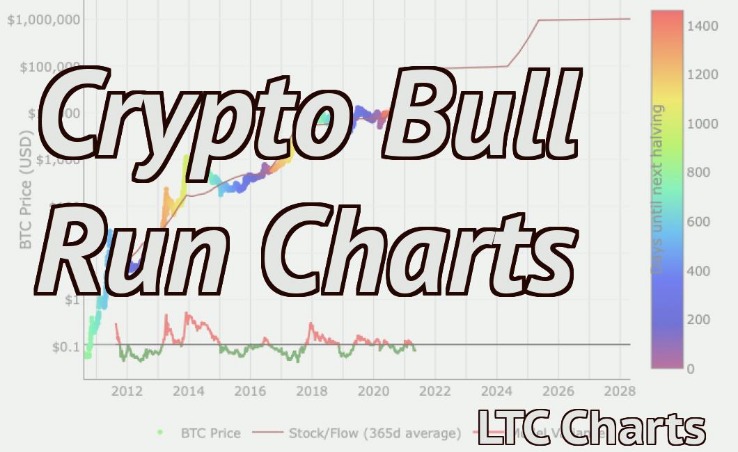Fortifying Your Portfolio: The Unseen Bull Market in Biosafety
The global focus on health security has undergone a seismic shift. No longer a niche concern for laboratories and hospitals, biosafety and infection control have emerged as critical, permanent pillars of modern society. This paradigm change is fueling a dynamic and rapidly expanding market, creating a fertile ground for investors looking beyond traditional tech or consumer goods. The sector encompasses everything from advanced air filtration systems and personal protective equipment (PPE) to cutting-edge disinfection robotics and genomic surveillance tools. For the astute investor, this represents a powerful, long-term trend with significant growth potential, making it essential to identify the most promising biosafety and infection control stock to buy.
The Catalysts Driving the Biosafety Boom in 2025 and Beyond
The investment thesis for biosafety is built on a foundation of powerful, non-cyclical drivers. First and foremost is the enduring legacy of the COVID-19 pandemic. It served as a brutal but effective global drill, exposing critical vulnerabilities in public health infrastructure and supply chains. Governments and corporations worldwide are now mandated to maintain robust stockpiles of essential supplies, from N95 respirators to rapid testing kits. This is not a one-time replenishment; it is an ongoing strategic imperative. Secondly, the relentless march of antimicrobial resistance (AMR) poses a silent but grave threat, often dubbed the “slow-moving pandemic.” As common antibiotics lose their efficacy, the demand for advanced infection control protocols, sterile environments, and novel disinfection technologies skyrockets in healthcare settings. This creates a persistent, high-stakes demand for innovative solutions.
Furthermore, the globalization of biomedical research, particularly in virology and genetics, necessitates the highest levels of biosafety. The expansion of BSL-3 and BSL-4 laboratories around the world directly translates to contracts for companies that design, build, and equip these facilities. Add to this the growing public awareness of airborne pathogens and indoor air quality, which is driving adoption of advanced HVAC and air purification systems in offices, schools, and even homes. This convergence of public health policy, scientific advancement, and societal awareness creates a multi-pronged growth engine. Investors monitoring platforms like Yahoo Finance biosafety and infection control stocks are increasingly tracking these macro-trends to spot emerging leaders. The company that could become the definitive biosafety and infection control stock of 2025 is likely one that is strategically positioned at the intersection of several of these powerful catalysts, offering a diversified suite of solutions rather than a single product.
Navigating the Spectrum: From Blue-Chip Stability to High-Growth Penny Stocks
The biosafety market is not monolithic, offering opportunities for every risk tolerance and investment strategy. On one end of the spectrum are large, established corporations like Danaher or 3M. These are relative “safe havens” with diverse product portfolios, immense manufacturing scale, and strong recurring revenue streams from their life sciences and healthcare divisions. They provide stability and are often the first stop for institutional investors seeking exposure to the theme. However, their size can sometimes limit explosive growth, as gains in a specific biosafety division may be diluted by the performance of their other, unrelated business units.
For those seeking higher potential returns, the world of Hot biosafety and infection control penny stocks presents a compelling, albeit riskier, alternative. These are typically smaller companies trading at a low price per share, often focusing on a disruptive technology or a specific, high-growth niche. Think of firms developing ultraviolet-C (UVC) disinfection drones for warehouses, creating next-generation self-sanitizing surface coatings, or pioneering novel waste decontamination systems for hospitals. The key to evaluating these opportunities is rigorous due diligence. Investors must look beyond the hype and assess the company’s intellectual property, the scalability of its technology, its balance sheet, and most importantly, its path to commercialization. A promising low priced under valued biosafety and infection control stock might be one with a patented technology that is just securing its first major contract with a national hospital chain, a signal of market validation and future revenue potential. For those willing to do the research, a strategic position in a carefully selected penny stock could be a way to gain leveraged exposure to the sector’s growth. A resource for tracking these dynamic companies can be found at biosafety and infection control stock of 2025.
Strategies for Trading and Investing in a Volatile Sector
Engaging with the biosafety and infection control market requires a clear understanding of one’s investment horizon and strategy. For the long-term investor, a buy-and-hold approach focused on companies with strong fundamentals, a wide economic moat, and a proven track record of innovation is often most prudent. This involves identifying firms that are essential cogs in the global health security machine, whose products and services will be in demand regardless of short-term news cycles. These investors are less concerned with daily price fluctuations and more focused on the multi-year growth narrative driven by the structural drivers discussed earlier.
In contrast, Day trading biosafety and infection control Stock is a tactic that capitalizes on the sector’s inherent volatility. This segment is often sensitive to news flow, such as outbreaks of infectious diseases, government funding announcements for public health preparedness, or quarterly earnings reports from major players. Day traders use technical analysis, monitor news wires closely, and often employ leverage to profit from these short-term price movements. This is a high-risk, high-stakes approach that requires constant attention and a strong stomach for volatility. A sudden announcement from the World Health Organization or a new CDC guideline can send these stocks gapping up or down at the open, creating both opportunity and significant risk. Whether one is a long-term holder or an active trader, tools like Bloomberg Finance biosafety and infection control stocks terminals are invaluable for real-time data and analysis to inform these critical decisions.




Leave a Reply